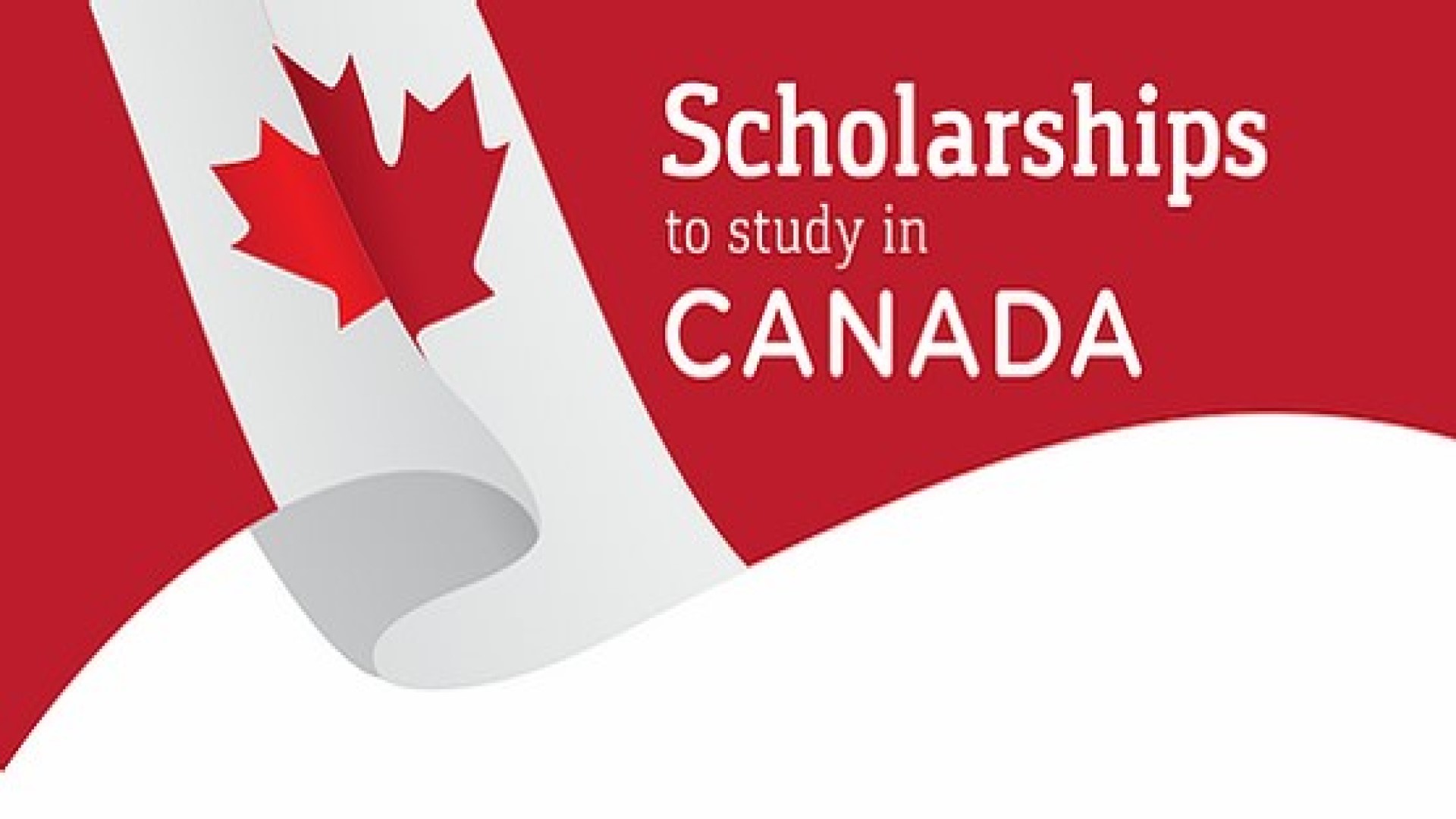Canada has become home to hundreds of thousands of international students. This has placed it as the third country with the largest number of international students, behind the United States and Australia.
So, why has this country caught the attention of students all of a sudden? Well, for starters, Canada boasts numerous high-quality colleges, with six of its universities ranked among the top 100 in the world.
What’s more fascinating is its low unemployment rate, sitting at 4.9% in July 2022. The country’s high minimum wage of $15.55/hr in comparison to the United States’ $7.25/hr makes it a better choice for international students.
In 2021, U.S. News and World Report declared Canada the best country for quality of lifestyle. This means you won’t just experience excellent academics; you’ll also enjoy a pleasant life among welcoming neighbors.
Interestingly, 2 out of every 5 people in Canada are international citizens, significantly increasing your chances of meeting people from your home country.
However, excellence often comes at a price, and Canada’s tuition fees are not exactly cheap. Nevertheless, the country boasts some of the best low-tuition fee colleges among English-speaking countries.
While taking out a loan may not be the most appealing option, obtaining a fully funded scholarship in Canada could be a better alternative. If you haven’t explored this option yet, easy scholarships might also provide a solution without the burden of a loan.
However, most scholarships are typically reserved for Canadian citizens. Suppose the financial support you’ve received from family and partial scholarships is still insufficient to cover tuition and other expenses, you may consider getting a student loan in Canada.
You might be wondering how you’ll manage to pay off this loan once you graduate. Rest assured, there are ways to repay your loan and still enjoy life after graduation. Nevertheless, let’s explain what a student loan is and how you can obtain one.
What is a student loan?
A student loan is a sum of money received by a student from a particular authority to cover various educational expenses, including tuition fees, accommodation fees, and living expenses.
There are two main types of student loans: government loan programs and private student loans. In Canada, federal government loan programs are not fully accessible to international students.
As a result, foreign students often turn to private lenders. The advantage of private student loans in Canada is that you typically do not need a co-signer (that is, a person responsible for repaying the loan if the borrower fails to do so).
Additionally, having a good credit score may not be a strict requirement for obtaining a student loan, but it can increase your chances of securing a higher loan amount and reduce the interest rate. Speaking of interest rates, student loan interest rates are generally lower compared to other forms of borrowing money.
Who can obtain a student loan in Canada?
Any student admitted to a college in Canada, regardless of citizenship status, can apply for a student loan. Canadian citizens and permanent residents are eligible to apply for federal or provincial loans and are likely to be approved.
On the other hand, international students may only have access to private loans. Before being permitted to study in Canada, international students must demonstrate their financial capacity to support their studies.
This requirement is enforced by the Immigration, Refugees, and Citizenship Canada (IRCC), whether the student is traveling alone or with family. Proof of financial capacity can include a bank statement, a scholarship award, or a loan from a reputable organization.
Now, let’s delve into the specifics of how to obtain a student loan in Canada.
How to Get a Student Loan in Canada:
As mentioned earlier, it’s important to consider a student loan as a last resort after exploring all other options. Taking on a student loan can be a significant financial burden, so it’s wise to exhaust all alternatives before committing to one.
However, if not taking a loan is the only barrier preventing you from attending your dream college, then it may be a necessary step. In such cases, it’s essential to understand the process and responsibilities involved in taking out a student loan.
1. Have a Good Credit Score:
While a credit score is not strictly required for obtaining a student loan in Canada, having a good credit score can significantly improve your chances of approval. It would also increase the loan amount you receive, and potentially reduce the interest rate.
Canadian citizens and permanent residents applying for federal loans do not need a credit score. For international students borrowing from private lenders, the importance of a credit score may vary.
Private lenders may consider your credit score as a factor in their decision-making process. Just like you would want assurance if you were lending money, lenders want to ensure that borrowers have the means to repay.
Credit scores in Canada range from 300 (worst) to 900 (best). If you have a history of not paying debts or no credit score at all, your score will likely be below 650, which may affect your loan application.
2. Get a Co-signer (Optional)
While it may not be a strict requirement, having a co-signer can be beneficial, especially for international students. Since lenders may be unfamiliar with borrowers from other countries, having a co-signer can provide a sense of security for the lender. While many lenders may not ask for a co-signer, having one prepared can strengthen your application.
3. Apply for a Federal or Provincial Loan:
Canadian citizens and permanent residents are eligible to apply for federal or provincial loans. Repayment typically begins after graduation, and applications are processed through the student’s province of residence.
The amount of the loan can depend on various factors, including the province of residence, family income, tuition costs, and living expenses.
4. Get a Study Permit (International Students):
International students must obtain a study permit from Canada before they can study at their chosen institution. It is essential to apply for a study permit before traveling to Canada.
As part of the study permit application process, you will need to provide proof of financial support to demonstrate that you can cover your study expenses.
5. Apply for a Private Loan:
For international students, applying for a private loan is often the best or only option to secure a student loan in Canada. Private lenders will assess the eligibility of the school you have been admitted to for loan consideration.
How do I repay a student loan in Canada?
Repaying a student loan in Canada typically begins six months after you leave school. This grace period is designed to give you time to settle in and start working. However, it is advisable to start making payments while you are still in school.
Any payments made during this time can help reduce the principal amount of the loan, which in turn reduces the amount of interest you will have to pay once you have left school.
EndNote:
Obtaining a student loan in Canada, especially for international students, can be challenging. However, if it is your only option, it is essential to explore all avenues and make the best decision for your situation. Best of luck with your endeavors.
Related Articles:
1. How To Qualify For Scholarship In The UK
2. 4 Football Scholarships In Europe For International Students
3. 5 Sports Scholarships for International Students in Europe
4. 3 Sport Education Providers That Produce Employable Graduates
5. 8 IT Scholarships In Canada





